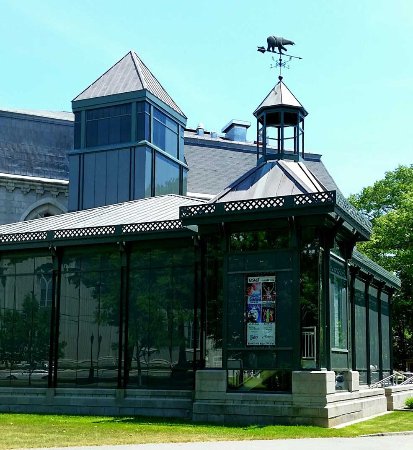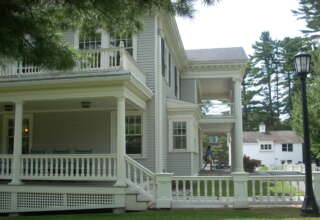
In the case of both populations we studied, it is largely a matter in the 21st Century (as in the previous two centuries) of reducing costs by hiring women at much lower wages. This is the primary contemporary motivation for hiring cheap labor to run the newly established mills in Asia. What about the restaurants? Fred Harvey knew that young women from the Midwest would be willing to work at a lower wage given the opportunity to find liberation (or at least be Pulled to the prospects of finding some freedom in the West). Today, immigrants from other countries are hired to serve in our restaurants (and cook our food)—once again at a lower wage. Our world has become flat largely to serve the interests of those who live above the Line and at the top of the financial food chain.
Work and leisure
Under the umbrella of capitalism, we find not only the creation of a new middle class (populated by managers) but also the emergence of an important distinction to be found in this class between work and leisure (nonwork) activities. While there is not much of a distinction between work and nonwork (often defined as “leisure”) in both the lower class, lower-middle class, and upper class, the establishment of an eight-hour (or longer) workday became common in modern, capitalist societies. In addition to the nonwork evening, the “weekend” and “vacation” were invented to separate work life from nonwork life. While Sundays (or other sacred days) were often set aside in religious communities as a time when no work was to be done, there were no secular designations of nonwork hours until capitalism and industrialization gained traction.
The lower-class and lower-middle-class women working in the Mills and Harvey restaurants found little time for leisure activities. Their World has truly been filled with Work. Conversely, members of the upper class, who have benefited from capitalism, often have not experienced the distinction between work and nonwork. That is why these privileged men and women are assigned to the “leisure class.” As Dame Maggie Smith, playing the role of a wealthy upper-class dowager in the popular TV series, Downton Abbey, commented: “What is a weekend?” For these privileged people, the art of living is central. What is often referred to as “autotelic” behavior by psychologists is prevalent. This is behavior that is guided toward no external goals; rather, it is behavior guided toward its own (“auto”) goal (“telic”). The term Autotelia might be assigned to the world inhabited by those in the upper class.
Several important implications are inherent in this distinction or non-distinction between work and nonwork activities. First, among those from the lower-middle class and lower class, such as the three populations of women whom we have been studying, the communities they have built are likely to be work-related. While those in the leisure class can build communities based on shared avocational interests (such as water coloring classes or antique car rallies), there was not much time for the Mill Girls and Harvey Girls to spend developing knowledge or skill in some avocational domain. At day’s end, they were likely too tired and stressed out to do anything but get some sleep. Furthermore, there was no location for these women to engage in an avocation.
Was it surprising that tennis courts weren’t available for their entertainment? And, for some reason, the dorms didn’t have music or art studios! [a bit of sarcasm] There were only bedrooms (or stalls) and the dining hall. An often-unwelcoming town could be their destination when they did leave their mill and dorm. A short walk might be welcomed, but what did they do when they arrived at their destination? If they did find time to spend with their working colleagues, it was usually a meeting in the dormitory. Conversations and stories would inevitably be about work, since not much else was happening. The world among these women was certainly not autotelic. Work had to be purposeful and skillfully engaged if these women were to keep their jobs. There was no time for art, music, or tennis.






